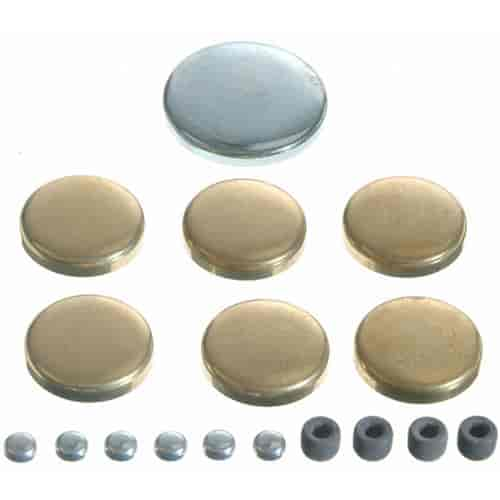Hi, i recently bought a '59 convertible and i'm hopeful i can get it running. it sat for many years I poured water in the coolant reservoir and it all cam out through the passenger side freeze plug that is located above the tubular cross brace.
I'd like to replace the freeze plug without removing the engine, if its possible is there a strategy or process to get adequate access and do this? i appreciate any help and suggestions.
I'd like to replace the freeze plug without removing the engine, if its possible is there a strategy or process to get adequate access and do this? i appreciate any help and suggestions.









Comment